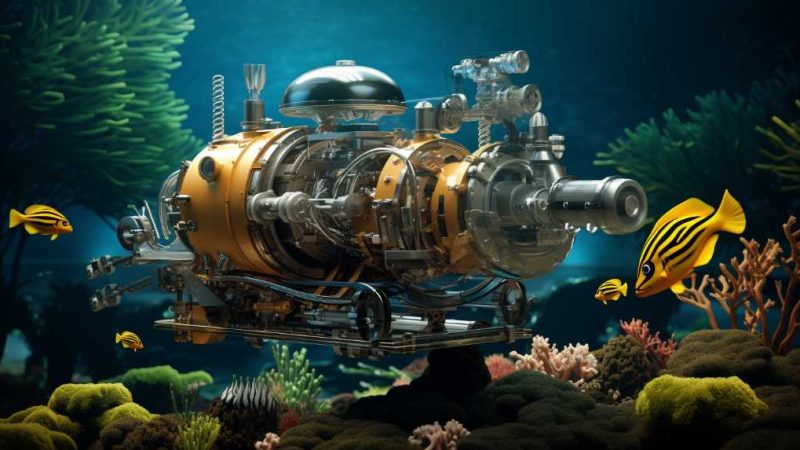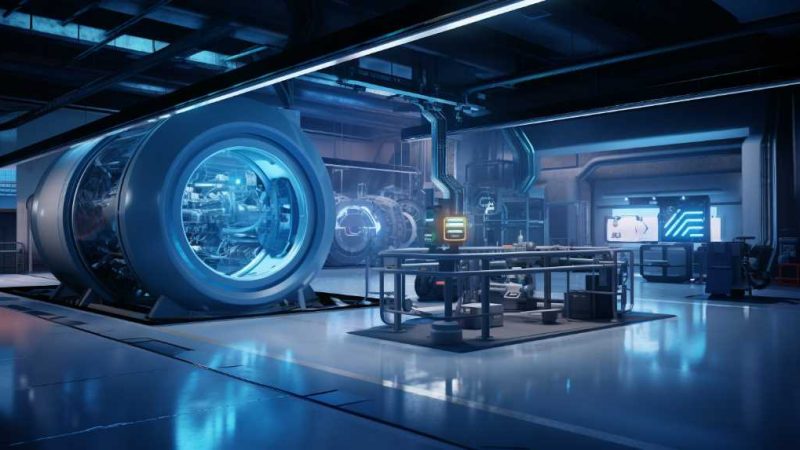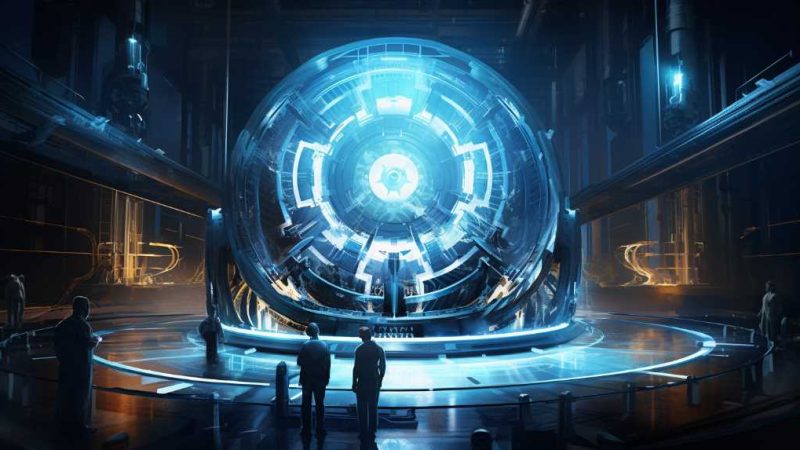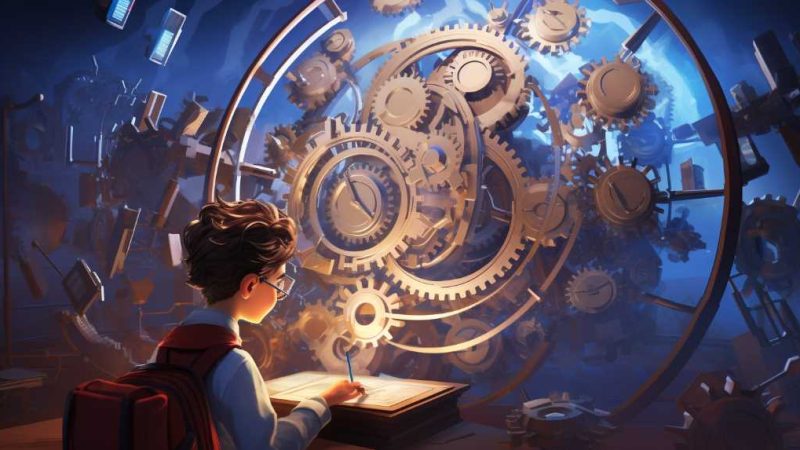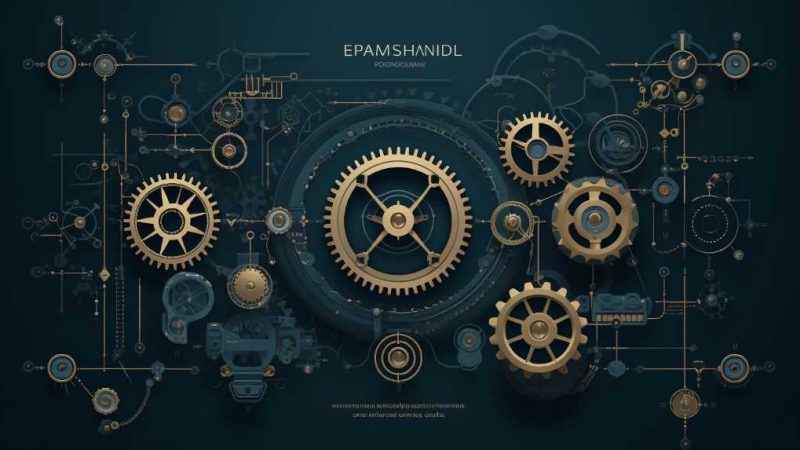The Rise of Machine Learning in Mechanical Engineering Jobs

Machine learning is changing the game for mechanical engineers. This part of artificial intelligence is now a big part of the field, helping with everything from designing new products to keeping machines running smoothly. It’s a big change that’s making engineers rethink how they solve problems and come up with new ideas.
Because these algorithms can spot trends and make choices based on data, they make work more accurate and efficient. As a result, mechanical engineers need to learn new computer skills to keep up with these smart tools and stay ahead in their careers.
Historical Context of Machine Learning
Machine learning is a key part of artificial intelligence and it started in the 1950s. The idea was to teach computers to learn from data.
Arthur Samuel made a big step forward in 1959 when he created a checker-playing program that got better the more it played. This was the start of teaching computers to spot patterns and make guesses, which is important because it’s how machines can learn without us telling them every step.
Researchers then used math and statistics to improve these methods, helping algorithms find patterns in complicated data on their own. These early steps were crucial because they led to the advanced machine learning we use today.
This changed the way we work with data a lot, making it possible for computers to help us in ways we couldn’t before.
Impact on Design and Prototyping
Machine learning is changing how mechanical engineers design and make prototypes. It helps them work faster and with more precision. Thanks to machine learning, they can predict how a design will perform, use materials more efficiently, and improve prototype quality.
Engineers can quickly try out many design ideas and spot problems early, which saves time and money. Machine learning also helps them adjust designs to meet certain needs before they make the actual product. This smart use of technology, combined with the knowledge of engineers, is pushing the boundaries of what’s possible in design and prototyping.
For example, a team using machine learning might be able to test different materials for a car part without having to build each version. This not only speeds up the design process but also reduces waste. Plus, if the machine learning tool predicts that a certain design could fail under high temperatures, engineers can fix this before the part is ever made.
This kind of advanced planning is making a big impact on the industry and leading to better, more reliable products.
Predictive Maintenance and Optimization
Using machine learning can change the way we keep machines running smoothly. It helps us know when a machine might break down before it actually happens. This is great because it saves time and means we don’t waste materials. Instead of guessing or waiting for something to go wrong, we use data from the past, sensors, and smart programs to figure out if there’s a problem brewing. This way, engineers can fix things before they get worse.
For example, a machine learning system might notice that a production line motor is getting hotter than usual. It’s like having a smart assistant that tells the engineers, ‘Hey, you might want to check that before it stops working!’ This helps stop the machine from breaking down and causing delays.
Also, some smart programs can tweak how machines work while they’re running to make sure they’re doing their best, like making sure they don’t use more power than needed. This not only helps machines last longer but also keeps them working at their best without wasting energy.
Changing Skillsets for Engineers
Machine learning is changing how mechanical engineers work, and they need to learn new skills to keep up. Engineers now also need to be good at analyzing data, creating algorithms, and building computer models. They should understand how machine learning works so they can use AI tools well in their jobs. Today’s engineers have to be good at both the basic engineering skills and using software, especially when it comes to working with data and statistics.
This helps them make machines work better and predict when they might break down. A modern mechanical engineer’s job involves both traditional engineering and the latest machine learning methods. They have to be ready to design, study, and improve complicated systems using both old and new techniques.
Future Trends in Mechanical Engineering
Machine learning is already changing how we do things, but it’s going to play an even bigger role in mechanical engineering soon. We’re going to see more AI and robots helping design and make things. They’ll use smart programs to run tests and make things better on the fly, and they’ll know when equipment needs fixing before it actually breaks.
The Internet of Things (IoT) is going to make it easier to get information from machines, which means we can use machine learning to make everything run more smoothly. AI will also help create new products in innovative ways by considering how to save on materials, cut costs, and make things work better. Engineers will have to learn how to manage these AI tools and make sense of what they’re doing to keep pushing technology forward in mechanical engineering.
For example, imagine a factory that uses sensors to tell machines how to cut metal more precisely. Or think about software that can design a car part that’s lighter and stronger at the same time, while also being cheaper to produce. Engineers will have to look at the suggestions these AI tools make and decide if they’re good or if they need tweaking.
It’s an exciting time, and engineers have to be ready to learn new skills to keep up with these changes.
Conclusion
Machine learning is changing the game for mechanical engineering jobs. It’s making a big difference in how things are designed and built, and it’s helping engineers predict when machines need fixing or how to make them run better. Because of this, engineers now need to know more about machine learning to keep up.
Looking ahead, machine learning will likely become even more important, leading to new breakthroughs and shaping the way the industry moves forward.
For example, with machine learning, engineers can create better models on a computer before making a real prototype, saving time and money. Also, by using machine learning to analyze data from machines, they can predict problems before they happen, which prevents downtime. This means companies can work more efficiently and save costs on repairs.
As a result, if you’re in mechanical engineering, it’s smart to learn about machine learning. It’s not just a new tool; it’s becoming a core part of the job that can help you do better work and come up with new ideas that could change the industry.

